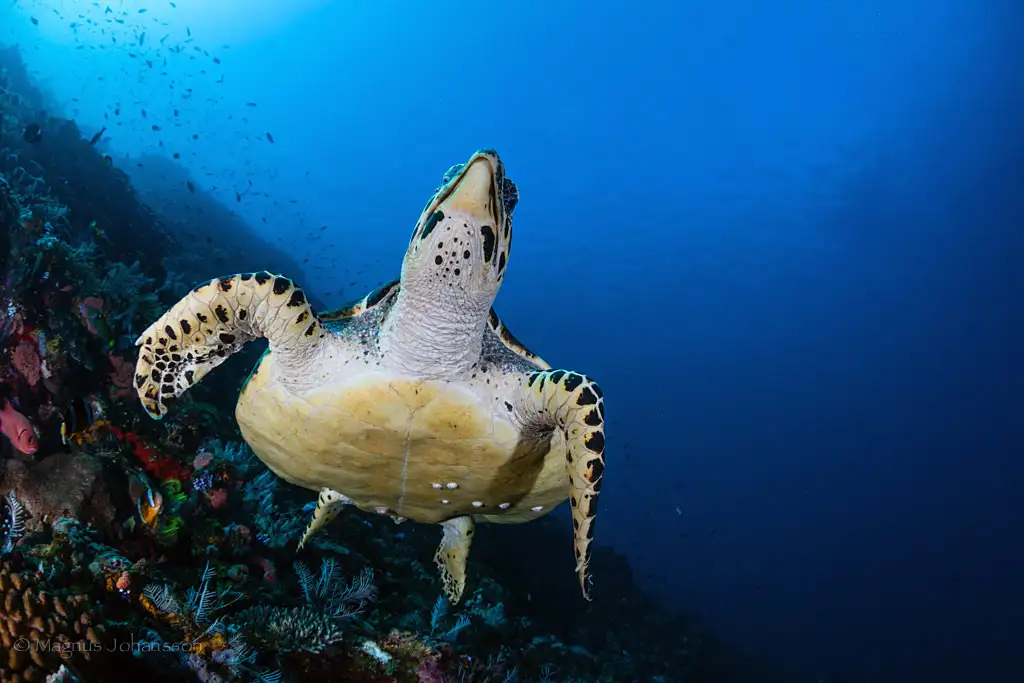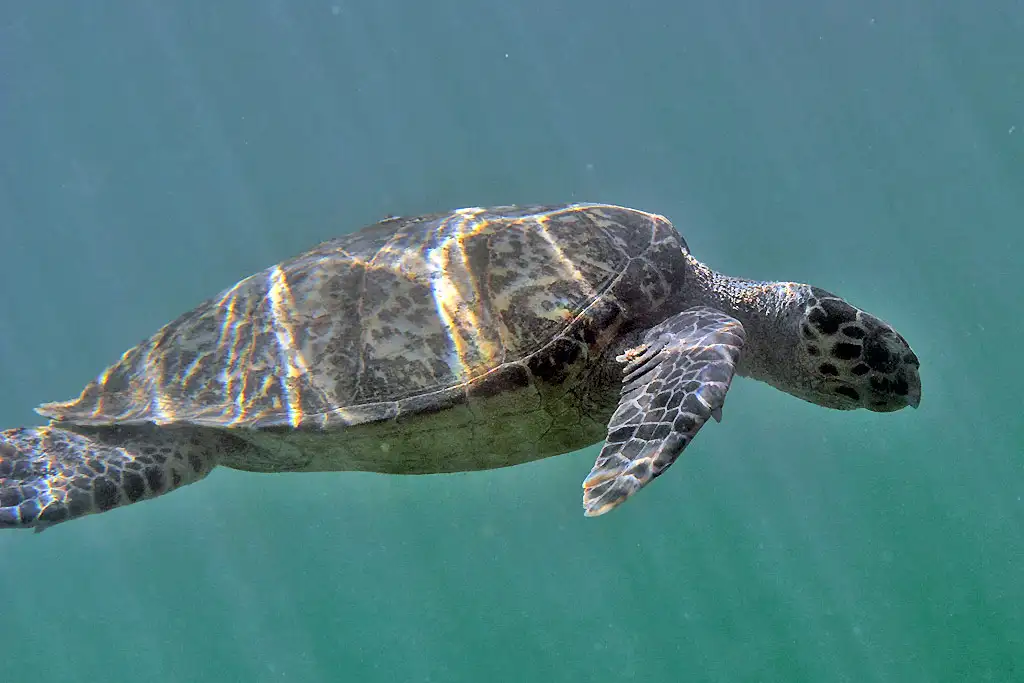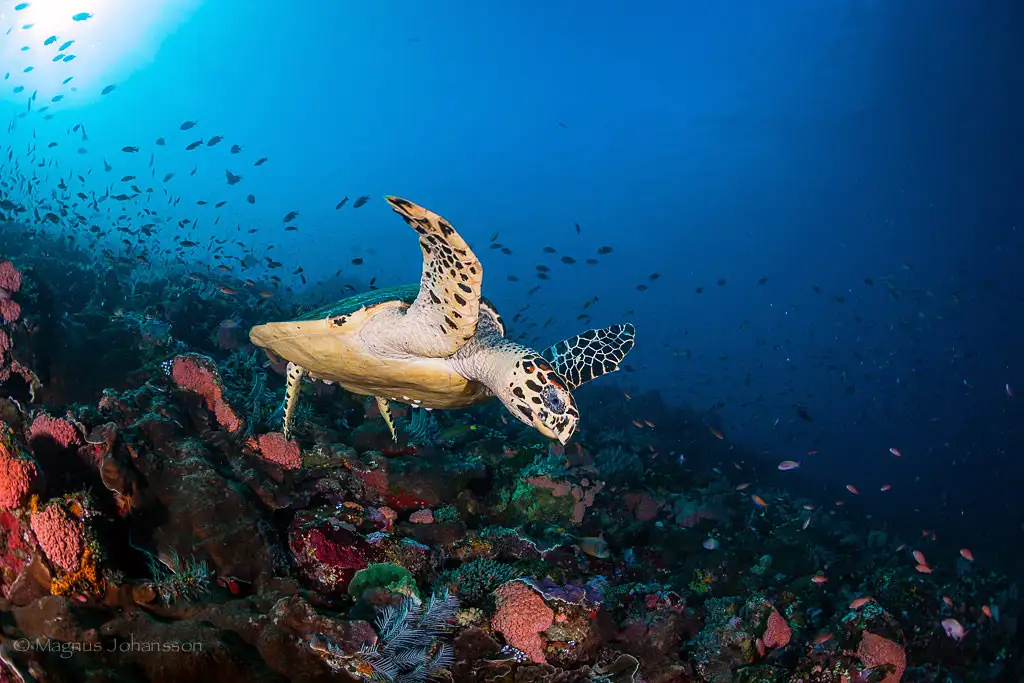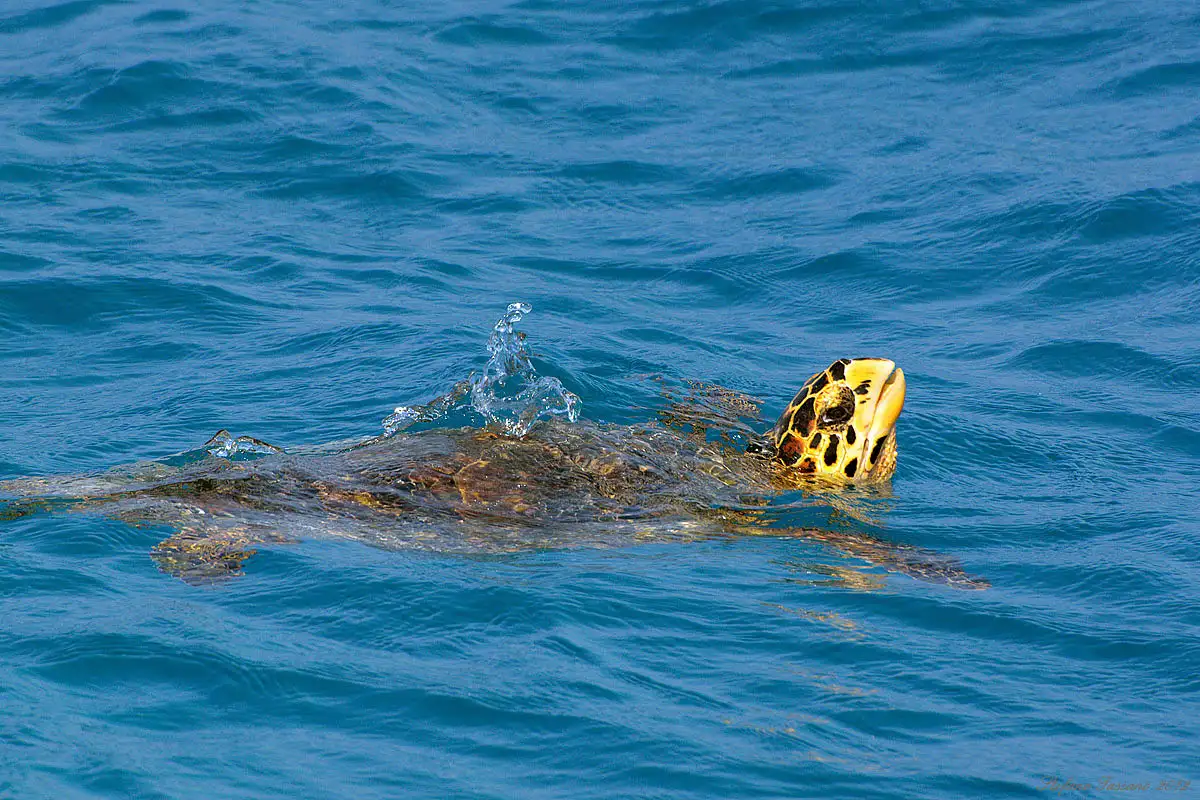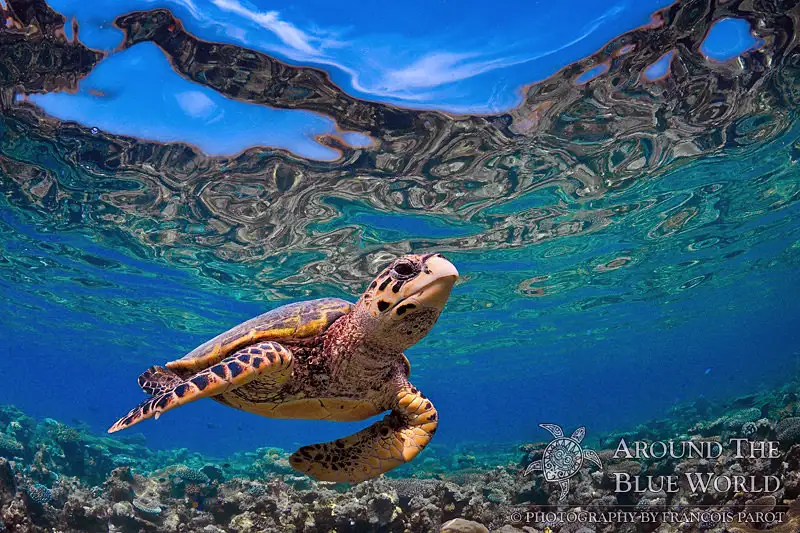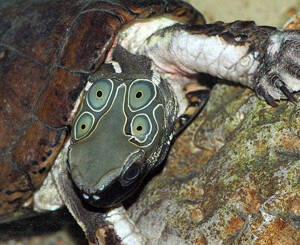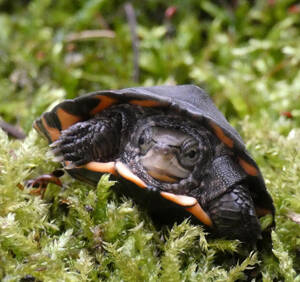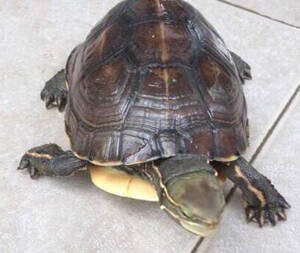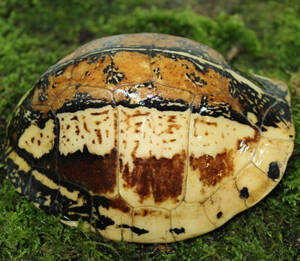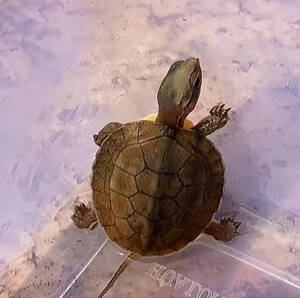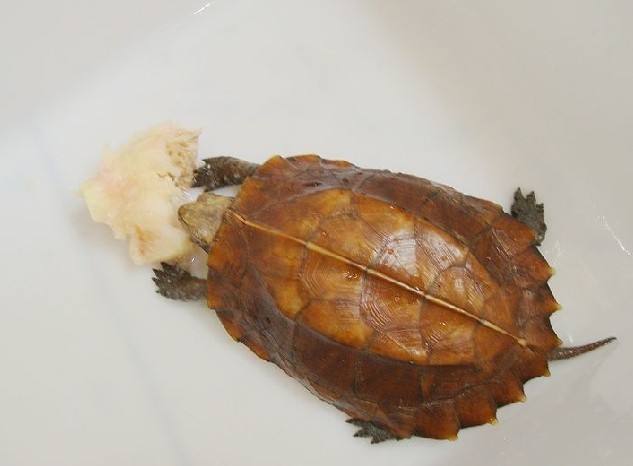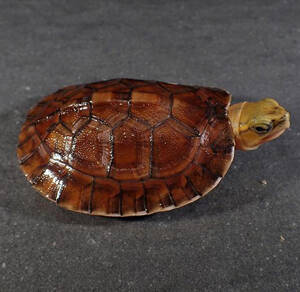Hawksbill Sea Turtle
IUCN
CRBasic Information
Scientific classification
- name:Hawksbill Sea Turtle
- Scientific Name:Eretmochelys imbricata
- Outline:Testudines
- Family:Cheloniidae Eretmochelys
Vital signs
- length:Adult carapace length 60–95 cm
- Weight:Typically 40–70 kg; larger individuals occur
- lifetime:Estimated 30–50+ years
Feature
Hawk‑like beak; overlapping scutes; spongivore; late maturity; temperature‑dependent sex; transboundary migrations.
Distribution and Habitat
Tropical Atlantic/Indian/Pacific coral and rocky reefs, usually <30 m; also algal/seagrass areas.
Appearance
Heart‑to‑oval carapace with serrated rear edge; overlapping scutes; small pointed head; paddle‑like foreflippers.
Details
Eretmochelys imbricata—the hawksbill sea turtle—is recognised by its sharp, hawk‑like beak andoverlapping (imbricated) carapace scutes. On coral reefs it is an important spongivore that helps shape benthic communities.
Ecology & Biology
Diet: primarily sponges; also anemones, tunicates, algae and small invertebrates. The narrow beak extracts prey from reef crevices.
Life history: oceanic post‑hatchling drift followed by neritic residency; late maturity (~20–35 years).
Reproduction: females nest on sandy beaches at night; temperature‑dependent sex determination (warmer nests produce more females).
Identification
Carapace heart‑shaped to oval with a serrated posterior edge; scutes overlap like shingles. Small, pointed head with a hooked upper jaw; forelimbs are paddle‑like for swimming.
Size & Longevity
Length: adult carapace length typically 60–95 cm.
Weight: usually 40–70 kg, larger individuals occur.
Life: estimated 30–50+ years.
Range & Habitat
Circumtropical in the Atlantic, Indian and Pacific; prefers coral and rocky reefs and algal/seagrass habitats, mostly in shallow waters (<30 m).
Conservation & Threats
Threats: trade in tortoiseshell, illegal take/egg harvest, fisheries bycatch (longlines/gillnets), coastal development and light pollution, reef degradation and marine debris.
Measures: habitat protection, ban on tortoiseshell products, gear/operation changes (circle hooks, TEDs/BRDs where relevant), beach lighting management and debris clean‑ups; protected under international conventions.
IUCN: Critically Endangered (CR) (subject to latest assessment).
FAQ
Q1. How to distinguish from green turtles? Hawksbills have a sharp beak, overlapping scutes and a serrated rear carapace edge; greens have smoother scutes and a blunter head.
Q2. Why are hawksbills important to reefs? As spongivores, they can limit sponge overgrowth that competes with corals.
Q3. What helps hatchlings? Dark, quiet beaches with controlled lighting, protected nests and reduced beach traffic improve emergence and sea‑finding.
Q4. How can fisheries reduce bycatch? Use circle hooks, adjust depth/soak times, employ TEDs/BRDs where applicable, and release turtles in‑water when possible.

